Solid expanded clay concrete blocks
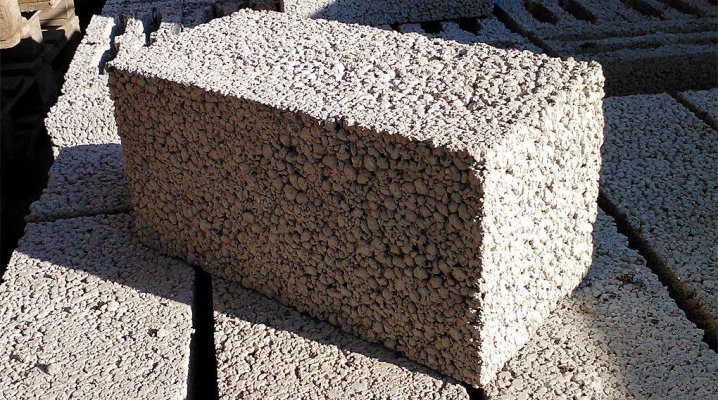
Solid expanded clay concrete blocks are used very widely and in many areas of construction. There are wall blocks 390x190x188 mm, 400x200x200 mm and other partition blocks. It is useful to know their weight and other target characteristics.
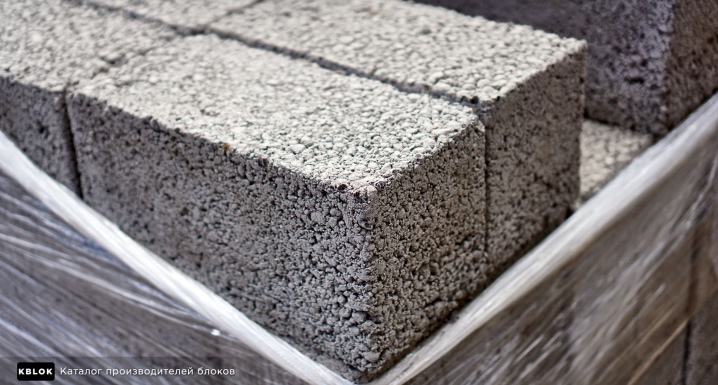
Peculiarities
Solid expanded clay concrete blocks are made on the basis of modern lightweight concrete. They got their name due to their use for filling expanded clay.
Since expanded clay granules absorb water quite strongly, it will have to be used in larger quantities than usual.
Blocks are subjected to both primary and secondary hardening; until the end of it, it is very difficult to use the material. Optimum strength properties can be obtained using an autoclave or vibrocompression equipment.
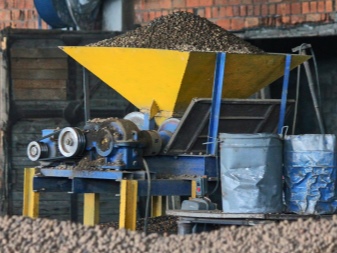
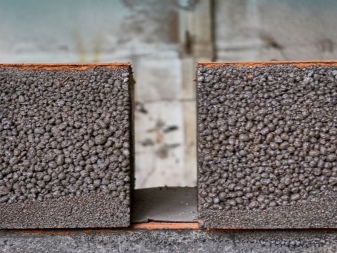
Main nuances:
-
large size (for masonry of the same volume, a small number of blocks can be used);
-
significantly less heat spread than brick;
-
lightness of products;
-
excellent durability and frost resistance;
-
reduction (in comparison with brick) construction time;
-
ease of decoration and a variety of its options;
-
the possibility of building on a simple cement-sand mortar, and not on complex masonry mixtures;
-
minimum level of shrinkage;
-
unsuitability for buildings that are not heated during the cold season;
-
hygroscopicity (which puts an end to the construction of baths, swimming pools and similar structures - even solid waterproofing does not always save);
-
a large number of handicraft products, which often do not stand up to even minimal criticism.

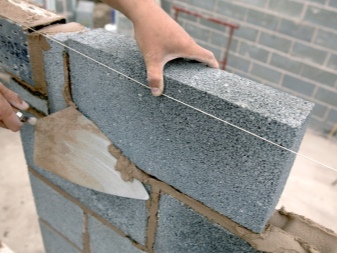
Main characteristics
Expanded clay concrete blocks are divided primarily into the main wall and partition groups. But their key parameter is still the dimensions of the product. Typical parameters of the wall type of structures (length, width and height) are:
-
28.8x28.8x13.8 cm;
-
28.8x13.8x13.8 cm;
-
390x190x188 mm;
-
288x190x188 mm;
-
290x190x188 mm;
-
190x190x188 mm;
-
90x190x188 mm.
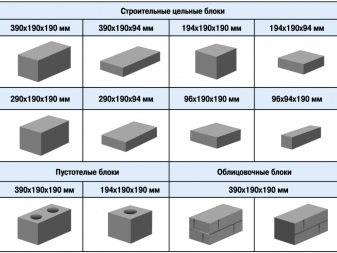
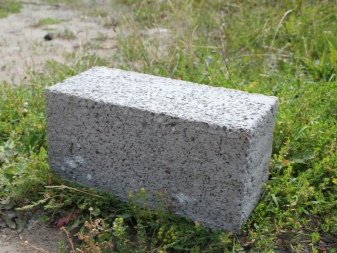
It should be noted, however, that production is not limited to these size positions. Moreover, now completely new overall options are being put into circulation more and more actively. So, the expanded clay concrete full-weight block with a size of 400x200x200 mm is spreading more and more. Experiments are also being carried out with the 60x10x20 cm model - it is ideally optimized for laying inside various technological communications, including:
-
wiring;
-
information cables;
-
alarm;
-
thin tubes.
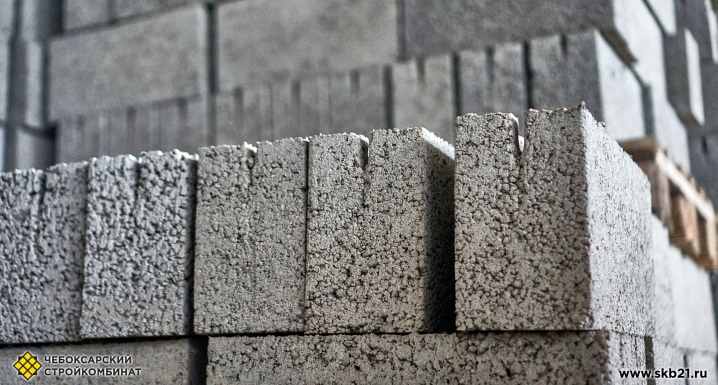
As for the weight, it will be like this:
-
22 kg for a very popular group of 400x400x200 mm;
-
18 or 19 kg for the same group (if cement of grades M75 or M100 was used in the work);
-
26 kg (for a full-bodied enlarged product of the "Thermocomfort" series with a thickness of 51 cm);
-
24 kg (for block 51x24.9x28.8 cm).
The density, depending on the raw materials used and the nuances of production, can range from 700 to 1500 kg per 1 m3.
The thermal conductivity of high-quality modifications of the expanded clay block is sufficient for use even in cold climates.
Although in extremely cold conditions, of course, even more resistant structures are needed. An increase in the concentration of expanded clay in the composition of the product reduces its thermal conductivity, however, the mechanical strength also suffers. Therefore, all manufacturers are constantly looking for a contradictory balance here.
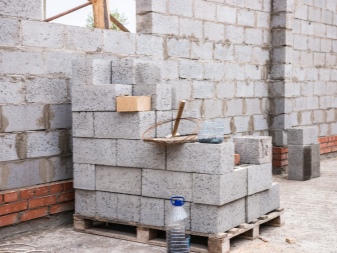
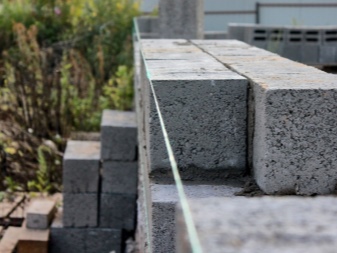
Where are they used?
It should be said right away that the most durable type of expanded clay concrete blocks is used primarily for the foundation. It naturally costs more than other types, but excellent practical characteristics make it possible to compensate for this disadvantage. Such products are resistant to contact with soil water and are designed from the outset with the expectation of a minimum level of shrinkage. But expanded clay concrete showed itself quite well in the construction of plinths. It successfully cuts off the flow of cold and water to critical building structures.
The next important link is load-bearing walls and floors.
Attention: even in the lightest buildings, it is strictly forbidden to use expanded clay concrete partition elements for such a purpose.
Structural wall blanks allow balancing indoor and outdoor climatic conditions. Moreover, if they are made and installed correctly, the notorious frost bridges will not appear.
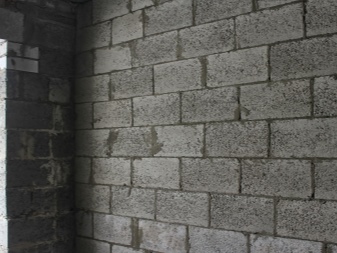
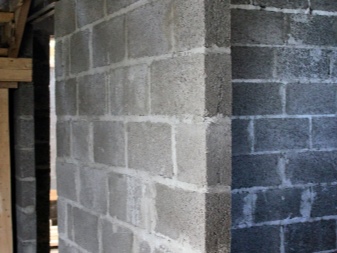
Given these properties, the expanded clay block can be safely recommended:
-
for low-rise private buildings;
-
for a monolithic frame building;
-
for auxiliary outbuildings;
-
for the construction of individual external structures (for example, sheds).
It is also useful to consider the following:
-
it is inappropriate to build anything from expanded clay concrete on a level of 4 floors and above;
-
you can put blocks both in the process of erecting the main frame, and after its complete delivery;
-
using them with proper waterproofing inside and out will allow you to build a comfortable cellar or basement even in the middle of damp soil;
-
quite often garages are built on the basis of expanded clay concrete.
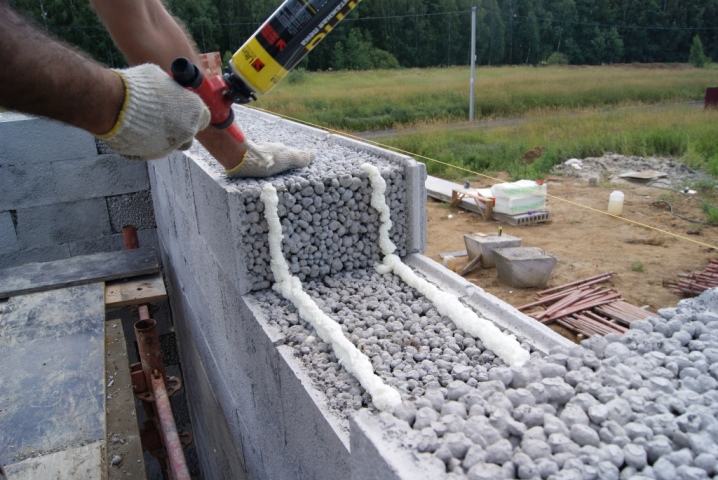













The comment was sent successfully.